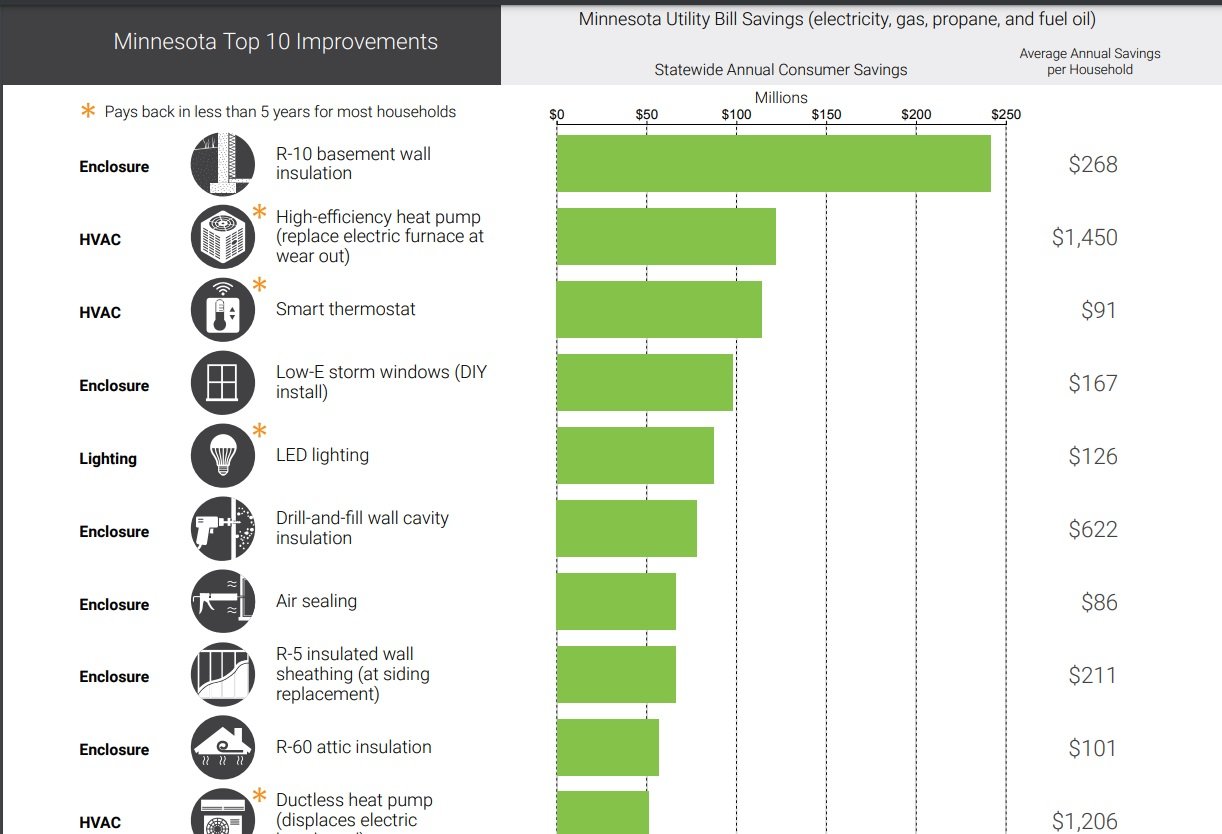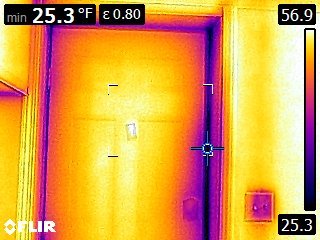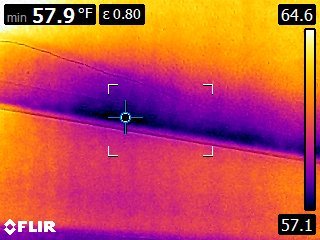The Plan: What To Do With This Century-Old Charmer
Like most in the middle class, we're too poor to pay someone else thousands to come and tell us how to achieve the deep, 50% energy savings we want and the country needs (hello green building architect!).
Add to that labor shortages, general liability concerns, and most importantly, finding a person who will come to really know the home and really cares about the home…for this reason, I’ve decided the only person who most of us can afford to fulfill the role of “general contractor for energy efficiency and decarbonization” is we the homeowner or landlord.
Luckily, since writing about my friends Mark and Rhona who reduced the energy use in their 100-year-old Minnesota home by 90% and kicked the use of fossil fuels entirely by supervising the work themselves, I enrolled in a course. This course, still in its pilot stage, promised to teach whole-home energy performance, culminating in a Total Building Performance Certificate from the Building Performance Institute (BPI).
After navigating through heaps of information, I accepted the premise of total home performance: all the parts of the home need to work together, and that their needs to be someone who ultimately is responsible for making it all happen.
If I lived in certain neighborhoods of Chicago, our house may have already been modeled, and put into a certain cluster, and with that work done, all I’d need to do is pick a retrofit package that achieves 50% energy savings. I love that idea. A package of things to do for a home like mine in Minnesota would save a lot of work.
Otherwise, I need to make my own plan for a deep home energy retrofit - but how? This is not intuitive or something I can’t just scratch out on the back of an envelope.
I reached out to someone at the DOE who publishes this cool modeling software called BEopt that was used to the model homes in Chicago and asked: “Did someone else already do the work for a home like mine?”
The response? A link to Minnesota's Top 10 improvements based on modeling of homes in the entire state.
The top 10 upgrades in terms of energy savings based on the state where you live are available to anyone. It's a start, but still not good enough to achieve 50% energy savings.
What I found after several hours of playing around with the DOE’s BEopt software (and the course in total home performance) is that it will take several measures combined to achieve our goal. Whatever the modeling software I use, it is my job to come up with a list of energy upgrades and other improvements for my specific home and put those into the software - along with the home’s characteristics - before it will produce a model for energy savings. The software is not going to make wild guesses as to what a home needs.
Which brings us to the problem with the way things are set up now. Each trade is out playing for itself and thinks their solution is the one big thing everyone needs, whether it be a heat pump, solar panels or even insulation.
Don’t get me wrong, I want a heat pump, that would be great, but that won’t work in Minnesota until it is combined with other measures. For example, first we need to lower the temperature differential between the inside and outside especially in the basement and other leaky spots by air sealing and adding insulation before a heat pump can operate efficiently.
Alone across the glow of my computer screen, with the cheat sheet of Minnesota's Top 10 energy improvements still at my side, and a pdf of an energy audit from several years ago also open, I decided I needed to create a battle map for the rest of the house with all the measures combined into one report. My wife, bless her pragmatic heart, will probably roll her eyes if I tell her I'm playing general contractor on this project. (She still hasn't forgiven the crooked bathroom tiles...) But this feels different. This is not me swinging a hammer; this is more like a thought experiment that will take place before any existing walls are removed or a bit of insulation is added.
I revisited the BEopt modeling software after I watched all the YouTube videos on training.
One of the BEopt optimization reports where I modeled the new basement wall insulation before adding a heat pump.
The addition of a rented thermal imaging camera from Home Depot was icing on the cake, and it uncovered hidden inefficiencies within our home that could then be added as measures into BEopt. (I’m not going to worry about the thermal bridging represented by the three dark studs above the windows in the living room in photo number 2, but there were a lot of ideas for improvements.)
This eventually enabled me to add enough measures to test in order to create many 'before' and 'after' simulation runs for our house. Finally, I got to 50% savings ON BEopt and the model for a fossil free home - after eliminating the natural gas boiler and hot water heater!
Here are the steps modeled for these savings -
1) Basement - wall demo, add foam board to basement walls, seal rim joists
2) Air Sealing: air seal to tighten house from current 5.5 air changes per hour to 3 air changes per hour
3) Heating and Cooling: Modeled both air source heat pump and hot water heat pump
Best of all, I now have a report without the need for drilling, rewiring, or demolishing walls! The report does not include a measures to address any necessary health, moisture or safety checks that need to happen before a home energy renovation project, but otherwise, I feel the report is complete.
My report now serves as a plan for achieving 50% energy savings and fossil-free home, one that will be more comfortable and cheaper to run. When it comes time to do the work, I will know what I need and can even quality test the work in progress with a trusty thermal imaging camera or other means, like a friend with a blower door machine.
I’ll leave the financial aspects of the story for another day, but the satisfaction derived from having a comprehensive plan in hand is undeniable.
Energy Credit Highlight:
*The expanded tax credit offers a 30% credit for eligible energy-efficient upgrades made in 2023-2032, including ground source heat pumps, insulation, and potentially some electrical upgrades. Find details and Form 5695 on the IRS website.
State Incentives:
Inflation Reduction Act (IRA); Explore possible rebates in your state including:
Up to $8,000 for whole-home efficiency upgrades that result in 30% savings
Up to $14,000 for new appliances
Up to $2,000 for heat pumps
Up to $600 for heat pump water heaters







